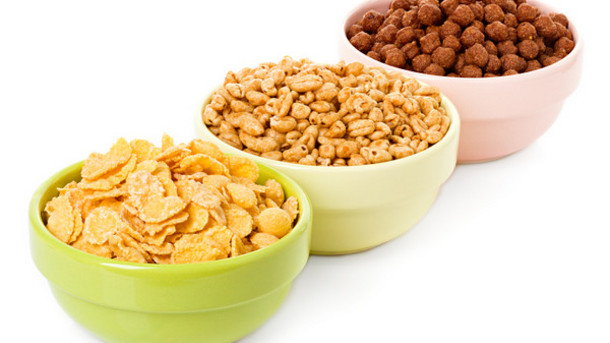Stamp: Protective Hands and Ears of Wheat, Portrait of the Ruler (Sharjah 1966)
Protective Hands and Ears of Wheat, Portrait of the Ruler (Sharjah 1966)
01 January (Sharjah ) within release Michel No. 36 with Bdr. Imprint goes into circulation Stamp Protective Hands and Ears of Wheat, Portrait of the Ruler face value 30 Qatari dirham
| Stamp Protective Hands and Ears of Wheat, Portrait of the Ruler in catalogues | |
|---|---|
| Michel: | Mi: AE-SH 292 |
| Stamp Number: | Sn: AE-SH 209 |
| Colnect codes: | Col: AE-SH 1966.00.00-15 |
Stamp is square format.
Perforation: '14½ x 14' for Stamp NumberStamp Protective Hands and Ears of Wheat, Portrait of the Ruler it reflects the thematic directions:
A cereal is a grass cultivated for its edible grain. Cereals are the world's largest crops, and are therefore staple foods. They include rice, wheat, rye, oats, barley, millet, and maize. Edible grains from other plant families, such as buckwheat and quinoa are pseudocereals. Most cereals are annuals, producing one crop from each planting, though rice is sometimes grown as a perennial. Winter varieties are hardy enough to be planted in the autumn, becoming dormant in the winter, and harvested in spring or early summer; spring varieties are planted in spring and harvested in late summer. The term cereal is derived from the name of the Roman goddess of grain crops and fertility of grain crops and fertility
Freedom from Hunger (established in 1946, and now part of the Grameen Foundation) is an international development nonprofit organization working in nineteen countries. Freedom from Hunger focuses on providing small loans and business education to poor women
A hand is a prehensile, multi-fingered organ located at the end of the forearm or forelimb of primates such as humans, chimpanzees, monkeys, and lemurs. A few other vertebrates such as the koala (which has two opposable thumbs on each "hand" and fingerprints remarkably similar to human fingerprints) are often described as having "hands" instead of paws on their front limbs. The raccoon is usually described as having "hands" though opposable thumbs are lacking.

